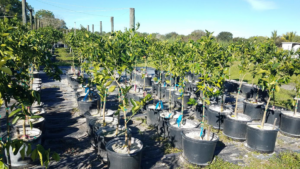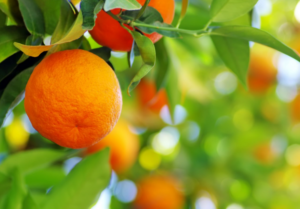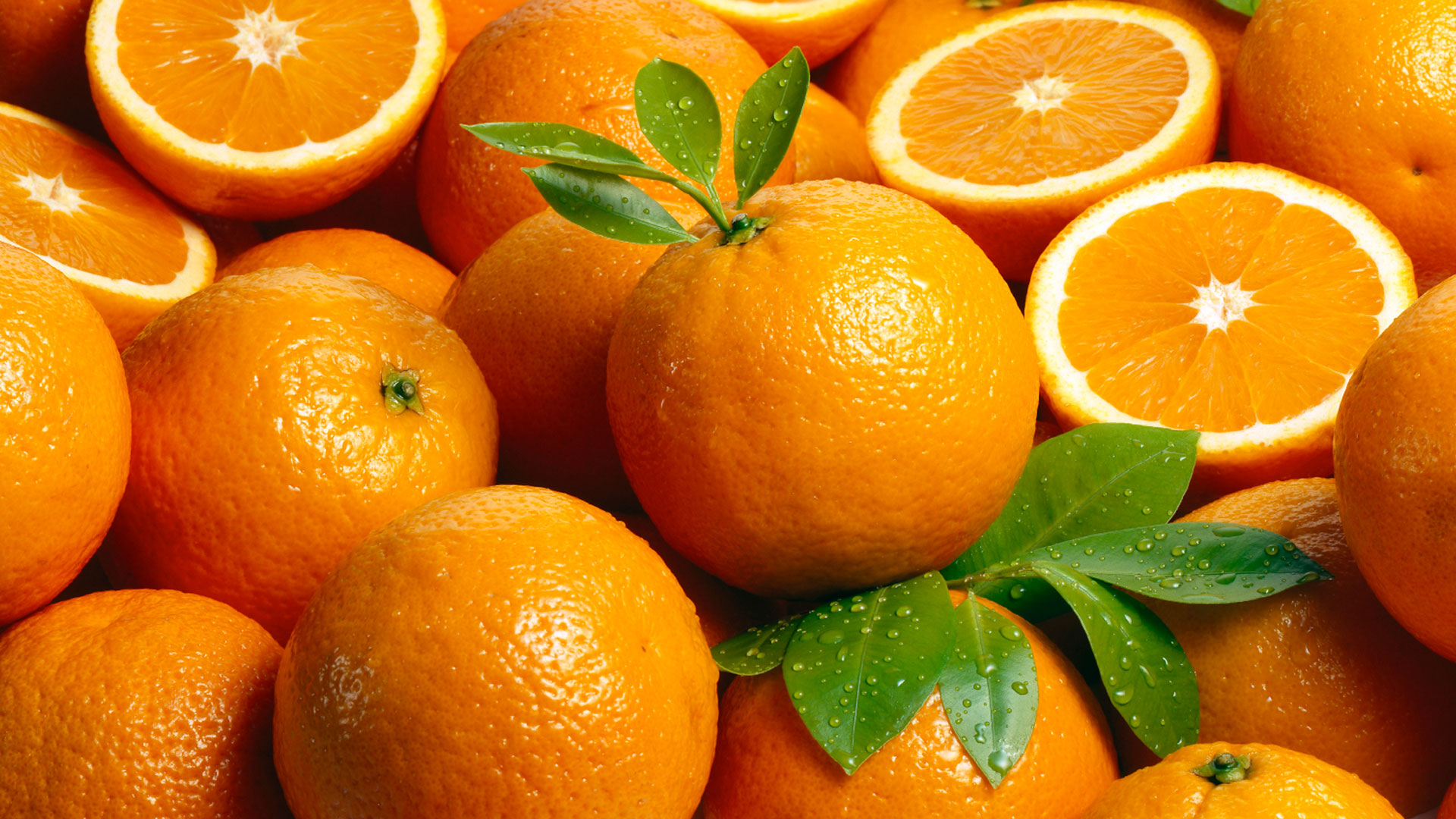More than 30.000 ha of citrus trees are grown in the relatively confined Adana region of Turkey (Fig. 1). The growing methods are advanced and new popular varieties are cultivated. Interestingly, 70% of the orchards are drip irrigated; 100% in case of new ones (Fig. 2). The soils are high pH clay soils,which presents challenges regarding fertigation, particularly calcium blockage. Ultrasol® Magnum P44 (urea phosphate) is mainly used to remedy this.

Figure 1. Aerial view of citrus orchards in the Adana region, Turkey.

Figura 2. Drip irrigation in citrus trees in the Adana region.
Only the older Washington Navel groves are grown “dry-land” or are irrigated by flooding. Due to substantial fluctuations between day and night temperatures during fruit maturation, the fruits colour up well. There is little concern for late nitrogen application, which is known to give rise to greener fruits at harvest. The main insect pests include red mite, aphid, scale and Mediterranean fruit fly. Alternaria and fungal black spot are the main fungal diseases affecting the trees and fruits. Phytophthora root is also a problem, and is tackled in spraying mono-potassium phosphite during flowering.
New orchards comprise mainly popular new-generation mandarins, often Satsumas. The mandarins grown, in order of harvest date, are: Early EN (September), Miovaze (September), Orkutsu (September), Dobozibeni (October), W. Murcot (January-February) and Tango (March). Oranges grown are Navelin-Navelin, Navelin Spring, Fukomoto, and Karakini, and grapefruits, Star Ruby and Rio Red. Meyer, Enterdonat and Eurika are the lemons grown.
In Adana, Dr Steve Oosthuyse (EMEA Market Development Manager, SQM Africa) informed citrus growers about the benefits of potassium nitrate sprays as a measure to increase fruit size at harvest, enabling Dr Tarsa (DRT) to provide fertigation programmes incorporating potassium nitrate (Fig. 3). Size increase in using potassium nitrate has particular relevance when fruit set is heavy during favourable years.
Trace element deficiency symptoms and other nutritional problems, for example fruit cracking, were encountered (Fig. 4). The feature of potassium nitrate fertigation facilitating trace element and cation (K+, Ca++, Mg++) nutrient uptake was clearly stated.

Figure 3. Left to right: Alim Caglayan (Projects Manager, DRT), Dr Steve Oosthuyse, Ilker Kaan Ulusoy (Product Manager, DRT) and the grower discussing the local citrus growing problems.

Figure 4. Fruit cracking in citrus which is associated with a relative deficiency of potassium and calcium.
Potassium is a key nutrient for nklnplant growth. The element is absorbed in large amounts by crops and has an important positive impact on several key functions in plant development. It also increases yield, crop resistance and crop quality, which in turn generates more profit for the farmers and growers that supply the food market.
• K promotes the production of proteins.
• K promotes the photosynthesis.
• K prolongs and intensifies the assimilation period.
• K intensifies the transport and storage of assimilates.
• K improves the water use efficiency.
SQM is the only worldwide producer of the three main potassium sources in the fertiliser markets: potassium nitrate, potassium sulphate and potassium chloride.




